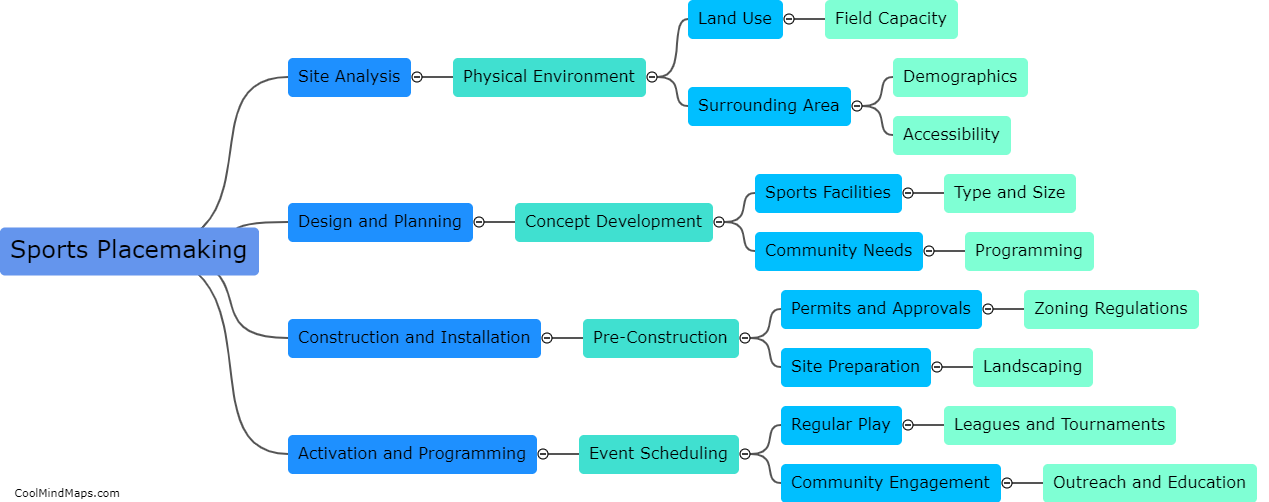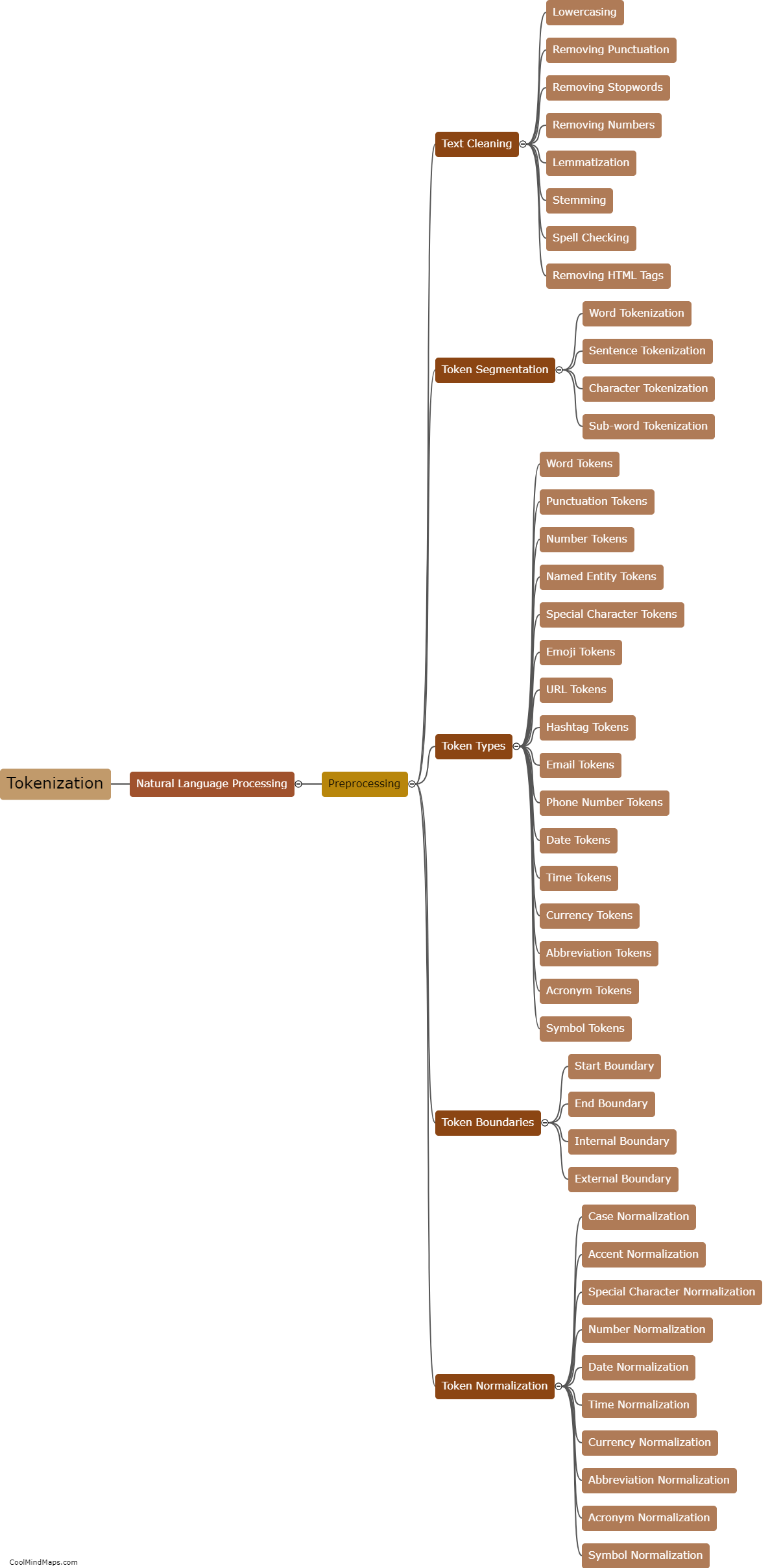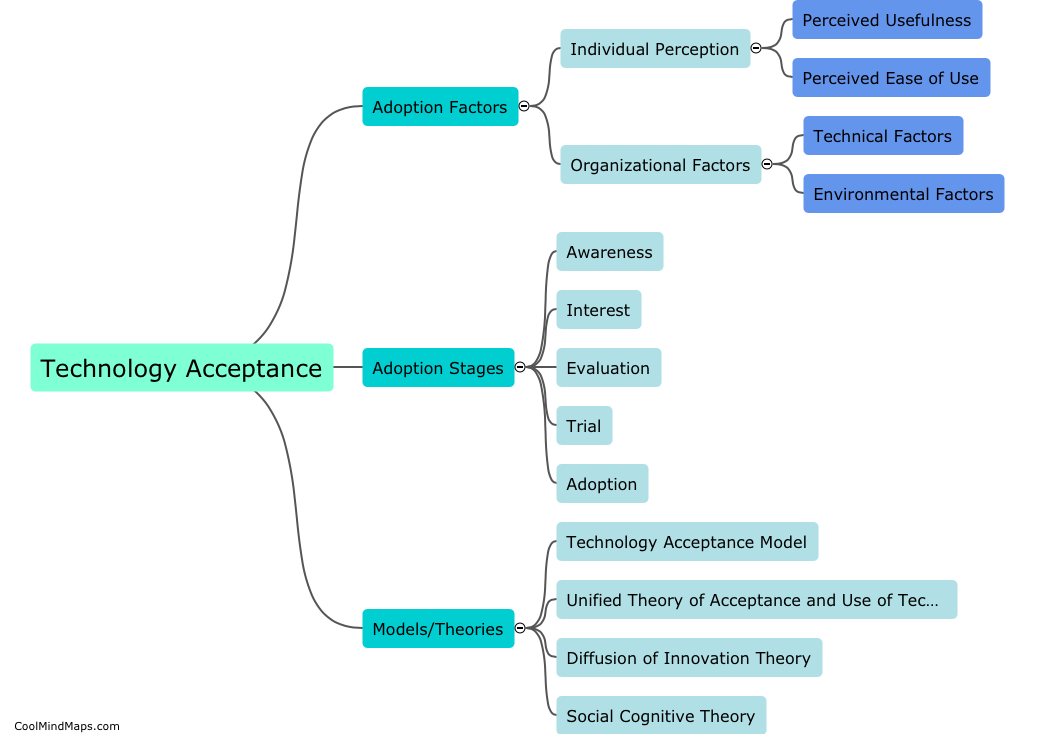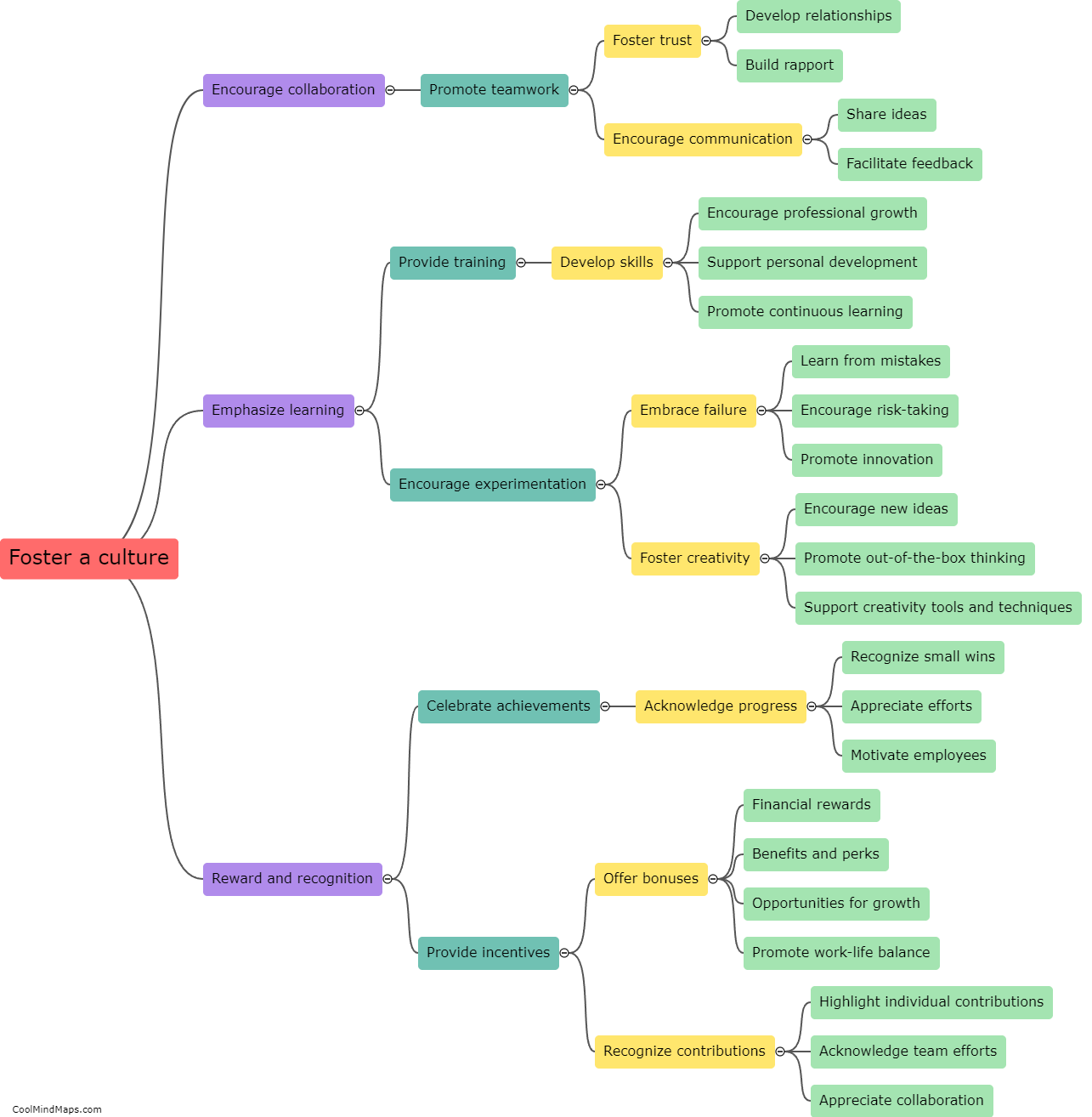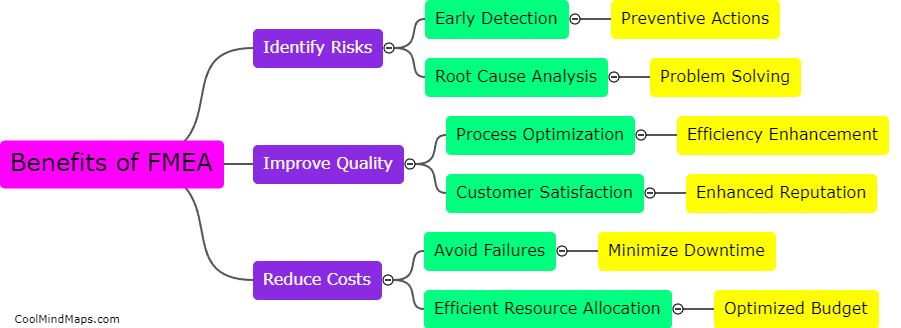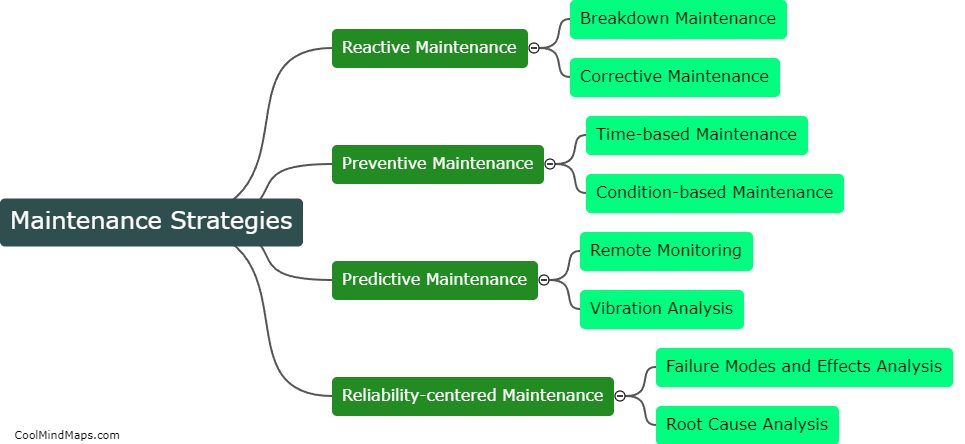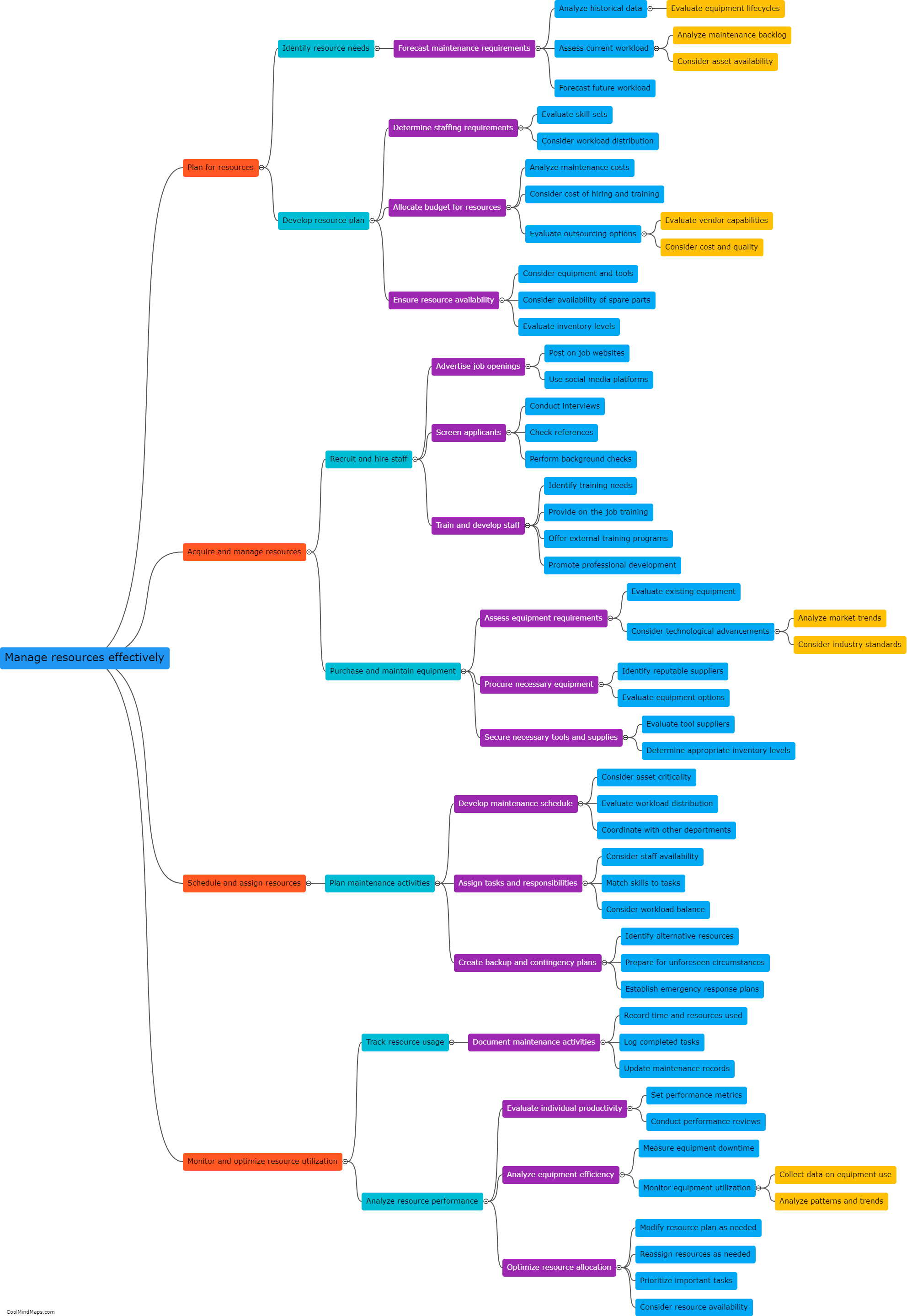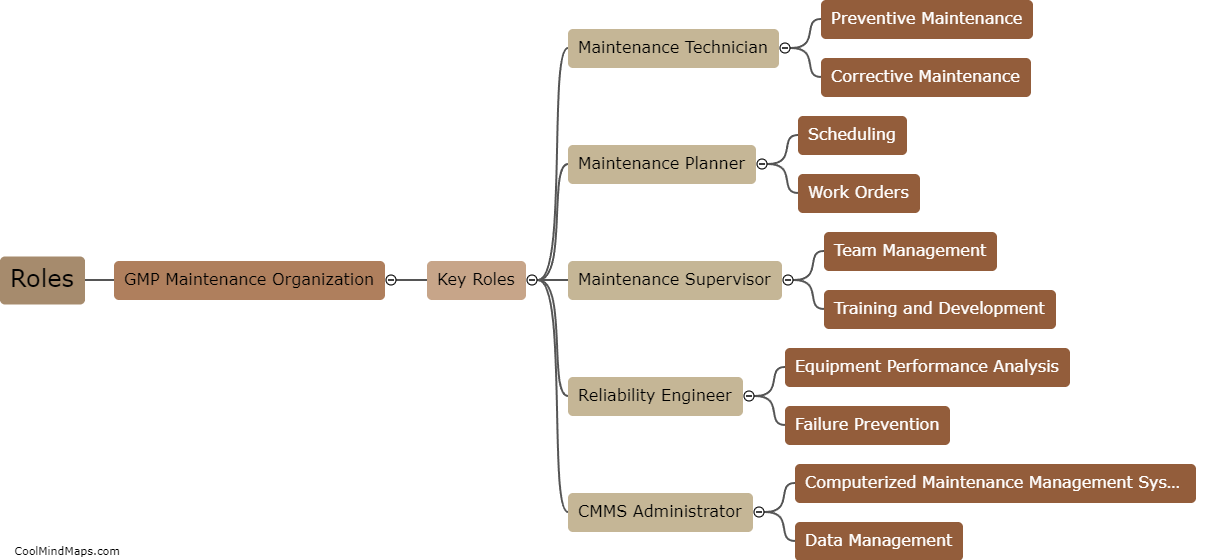What are the steps involved in conducting FMEA?
FMEA, or Failure Mode and Effects Analysis, is a systematic approach used to identify potential failures and their impact in a process, product, or system. The following steps are involved in conducting FMEA. Firstly, establish a team of experts from different areas related to the process being analyzed. Then, define the scope and boundaries of the analysis. Next, brainstorm potential failure modes and their causes, assessing their severity, occurrence, and detectability. Prioritize these failure modes based on their Risk Priority Number (RPN), which is calculated by multiplying severity, occurrence, and detectability ratings. Afterward, recommend actions to reduce the RPN for high-priority failure modes. Implement these actions and monitor their effectiveness. Finally, review the FMEA periodically to update it based on new data and feedback. By following these steps, organizations can proactively mitigate risks and improve the reliability of their processes or products.
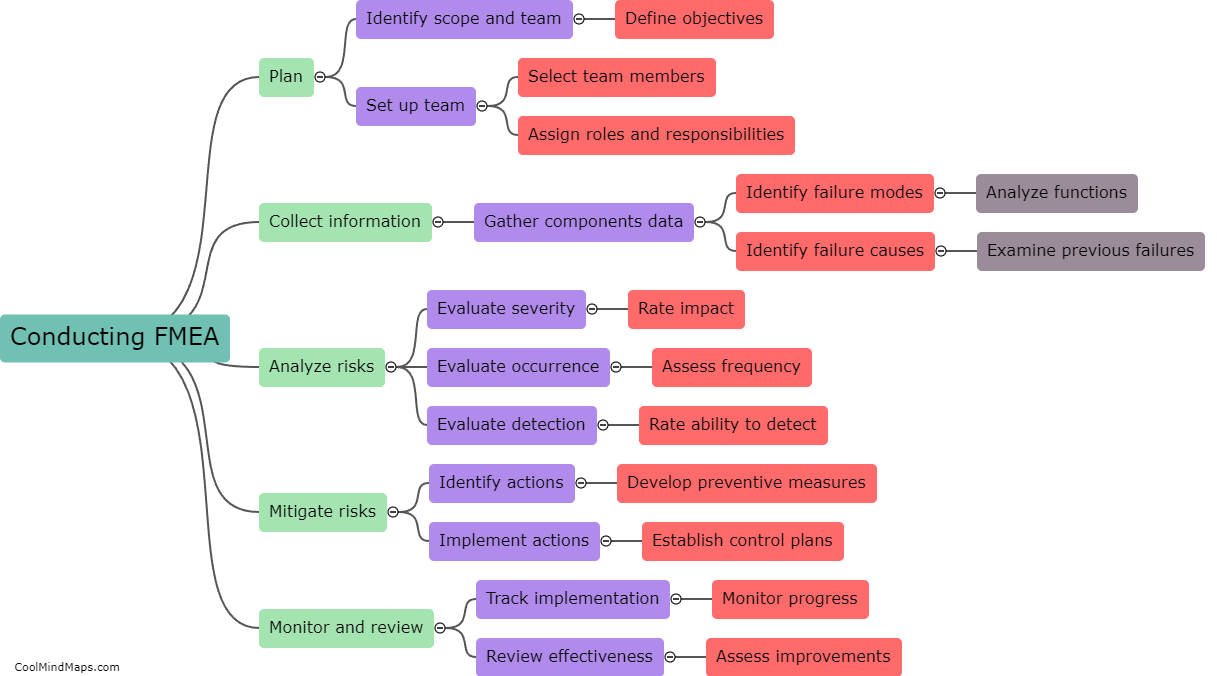
This mind map was published on 19 November 2023 and has been viewed 85 times.
